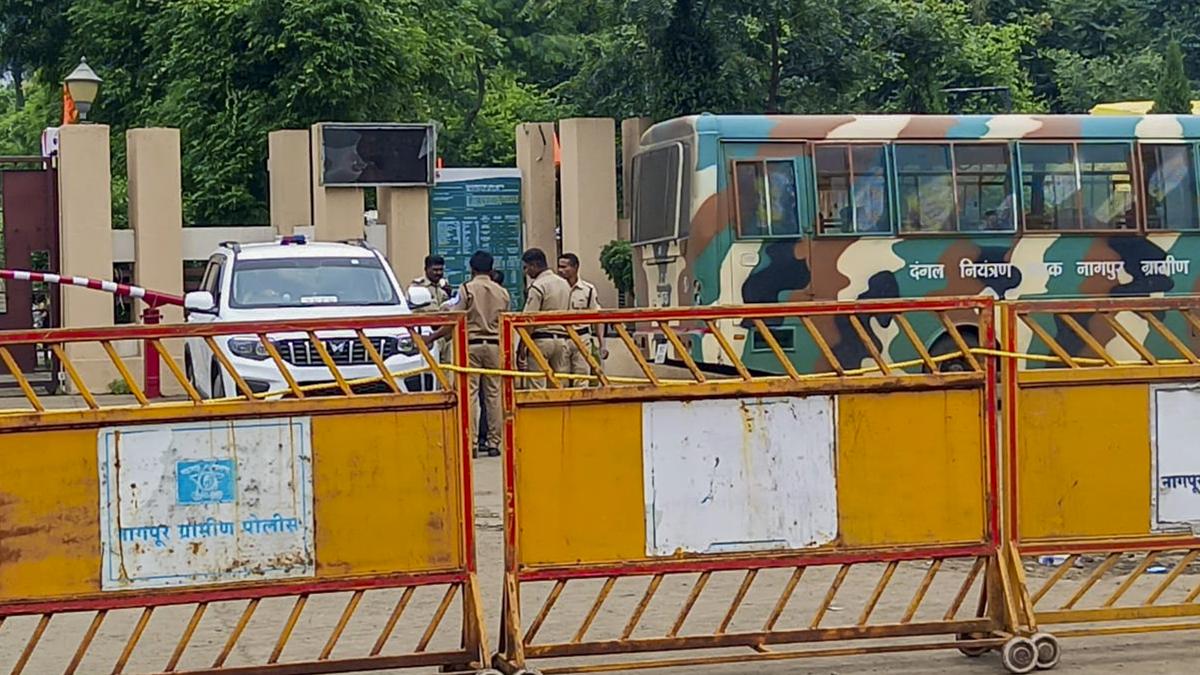ARTICLE AD BOX
Restoring power across Jammu province just days after it was disrupted due to heavy rain and floods was made possible due to multiple agencies working in tandem, officials said.
The 900-MW Baglihar hydroelectric project resumed power generation 60 hours after it was shut down following the accumulation of “dangerously high levels of silt” in the Chenab, with officials attributing its restoration to round-the-clock work. They also pointed to the use of high-strength cranes to string conductors on transmission towers, and the replacement of collapsed towers with emergency restoration systems (ERS) as other efforts that helped restore electricity in the Jammu division, which faced massive disruptions due to damage caused by rain-related incidents.
Officials explained that the temporary measures led to the restoration of power in a matter of days and that more permanent solutions would take months to put in place. The administration has already conducted a parallel assessment to determine the requirements and plan for permanent power restoration, officials said, adding that it will be conducted in due course after weather conditions normalise.
There was “unprecedented damage” to power infrastructure, especially transmission and distribution systems, following rain and floods across the province, and officials said that several transmission towers had collapsed, foundations were submerged and receiving stations were inundated with water. With most feeders down, the power load in Jammu province had plummeted to just 299 MW on August 26, compared to the normal demand of around 1.050 MW.
Despite the challenges posed by inclement weather and adverse conditions, the restoration teams of the Power Development Department (PDD), working round-the-clock to isolate faulty network elements and sourcing power through alternate arrangements wherever possible, managed to restore the load to 725 MW (70% of normal load) by 7 pm on August 27, and further to 960 MW (92% of normal load) by the evening of August 28, officials said.
The restoration drive was carried out through close coordination among all J&K power corporations — JKPDC, JKPTCL, and JPDCL — under the supervision of PDD Principal Secretary H Rajesh Prasad, said a spokesperson for the Union Territory administration.
Terrain challenge
The transmission lines damaged by torrential rain traversed extremely challenging terrain, including hilly slopes, river crossings, and remote areas with poor road connectivity, officials said.
Story continues below this ad
Several transmission towers collapsed, and many of them were situated on “difficult-to-access hilly slopes”, complicating restoration efforts, causing widespread blackouts, and a panic-like situation, according to officials. They said Jammu Kashmir Power Transmission Corporation Limited (JKPTCL) Managing Director Rahilla Wani and her team deployed special measures and innovative solutions to restore power swiftly, like replacing the collapsed tower on the Hiranagar–Battal Manwal line by using the emergency restoration system (ERS) — a modular-style special tower structure designed for quick deployment with the support of PGCIL.
Unlike conventional towers, which can take months to erect, the ERS enables restoration within 24 hours, officials said, adding that despite the tower collapse, power supply to most of the affected areas was restored immediately through alternative receiving stations by the JPDCL teams working in tandem.
Apart from this, high-strength cranes and specialised equipment were used to string conductors on the towers of the damaged 220 kV Barn-Kishanpur transmission line near Nagrota, while the damaged tower on the Kishtwar line was also restored in record time despite its location in the tough hilly terrain of Doda district, officials said.
The situation in the distribution sector was also alarming, with only 364 out of 1,349 feeders remaining functional by the evening of August 26, officials said. Nearly 19,000 distribution transformers, out of a total of 49,000 in Jammu province, were affected, in addition to hundreds of damaged poles and conductors, making it one of the worst outages ever witnessed, officials said.
Story continues below this ad
Immediate action was taken by the JPDCL Managing Director G P Singh and his team to restore power supply to essential installations, including Defence installations, Jal Shakti, AIIMS and GMC Jammu, and other major hospitals in the city on the very first day of the rainfall, officials said.
The complete restoration of power supply ahead of the anticipated time was attributed to continued restoration work and 24×7 monitoring, swift deployment of manpower and machinery, and the use of short-term measures and an innovative approach.
Power generation issues
The heavy rainfall also severely impacted power generation through the flooding of power houses, damage to access roads, and excessive silt load that forced a shutdown of all hydroelectric projects of JKSPDC in Jammu province.
The 900 MW Baglihar hydroelectric project was restored to generation within 60 hours of its shutdown on August 26 due to dangerously high silt levels in the Chenab River, officials said.
Story continues below this ad
Through round-the-clock efforts involving road clearance, dewatering, cleaning of the power house, testing of critical components, and continuous silt monitoring, MD JKSPDC Rahul Yadav and his team successfully brought the first unit online by August 28 evening, and all units were synchronised by August 29 to secure energy supply for the region, officials said.
They said close monitoring of the progress of restoration works by Jammu and Kashmir Lt Governor Manoj Sinha and Chief Minister Omar Abdullah and the Chief Secretary Atal Dulloo also contributed significantly to the quick and effective restoration of systems.



.png)
.png)
.png)
























 English (US) ·
English (US) ·